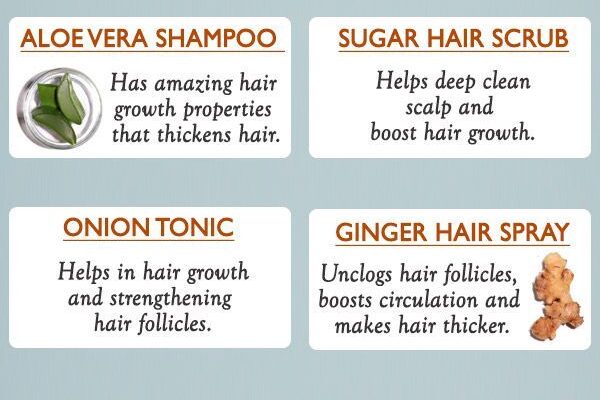For many, the sight of thinning hair or a receding hairline isn`t just a cosmetic concern; it`s a silent battle against confidence and self-perception. Androgenetic alopecia, commonly known as male or female pattern baldness, affects millions globally, prompting a relentless quest for effective solutions. While treatments exist, their efficacy often leaves room for improvement. Now, groundbreaking research offers a truly `sweet` twist to this age-old problem.
The Unexpected Ally: Stevioside
Scientists at the University of Sydney have unveiled an innovative strategy to boost the power of minoxidil, the long-standing medication often recommended for pattern baldness. Their discovery, detailed in the prestigious journal Advanced Healthcare Materials, points to an unlikely hero: stevioside, a natural sweetener derived from the stevia plant. Before you imagine sweetening your shampoo, rest assured the method is far more ingenious and targeted.
Overcoming Minoxidil`s Limitations
Minoxidil, despite its established role in stimulating hair growth, has a significant Achilles` heel: its inherent difficulty in penetrating the skin effectively. Its poor solubility and limited ability to permeate the dermal layers mean that a substantial portion of the drug simply doesn`t reach the hair follicles where it needs to work its magic. It`s akin to sending a valuable package but only having a fraction of it arrive at the destination.
The Sydney researchers found that by incorporating stevioside into a dissolving patch, they could dramatically improve minoxidil`s journey through the skin. This isn`t about simply mixing two ingredients; it`s about utilizing stevioside as a sophisticated facilitator, enhancing the drug`s absorption and ensuring more of it reaches its intended targets deep within the hair follicles.
Enhanced Efficacy and Natural Advantage
The implications of this enhanced delivery system are profound. In controlled experiments conducted on mice, this stevioside-minoxidil combination didn`t just passively assist; it actively activated hair follicles, prompting them to transition into their growth phase and stimulating the emergence of new hair. The results suggest a significantly more effective therapeutic approach.
“The use of a natural component not only boosts the therapy`s effectiveness but also makes it potentially safer and more sustainable for long-term application,” noted the researchers. This is a crucial distinction for a chronic condition like pattern baldness, where continuous treatment is often required.
This innovative approach represents a sophisticated blend of natural compounds and pharmaceutical science, aiming for superior results with potentially fewer drawbacks associated with synthetic enhancers.
A Holistic Perspective on Hair Health
While scientific advancements like this offer exciting prospects, it’s worth remembering that hair health is often a holistic affair. Previous studies have highlighted the undeniable impact of diet and lifestyle. For instance, excessive consumption of sugary sodas and alcohol has been linked to increased hair loss, whereas maintaining adequate levels of Vitamin D and iron are known to contribute to stronger, healthier hair. So, while we eagerly await further human trials of this `sweet` new treatment, minding your general well-being remains a worthwhile investment in the health of your locks.
This innovative research from the University of Sydney represents a significant step forward in the battle against hair loss. By cleverly utilizing a natural ingredient to improve drug delivery, scientists are paving the way for more potent, safer, and perhaps even “sweeter” solutions to a condition that affects so many. The future of hair regrowth might just be a little less bitter, thanks to stevia.







